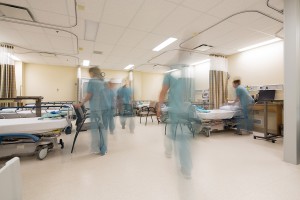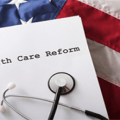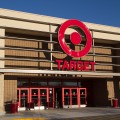 Some U.S. hospitals are charging uninsured and out-of-network patients 10 times more than the actual cost of patient care, according to a new study published in the journal Health Affairs.
Some U.S. hospitals are charging uninsured and out-of-network patients 10 times more than the actual cost of patient care, according to a new study published in the journal Health Affairs.
The study found that of the 50 hospitals with the highest markups, 49 are owned by for-profit companies, mostly Community Health Systems and HCA Holdings.
Florida had 20 hospitals on the list, by far the most of any state. North Okaloosa Medical Center outside of Pensacola topped the list, charging 12.6 times the actual cost or a markup of 1,260%.
The study was conducted by Gerald Anderson of Johns Hopkins Bloomberg School of Public Health and Ge Bai of Washington & Lee University in Virginia. Their research looked at the list prices for hospitals in 2012 and compared them with the maximum amount that Medicare allows.
Nationwide, hospitals on average marked up costs 3.4 times.
The authors blamed a lack of regulation and non-transparency about pricing for the 1,000 percent markups. Patients typically don’t know what a procedure until after it is done, which prevents them from comparison shopping.
Spokespeople for the for-profit hospitals said list prices rarely reflect what consumers pay and don’t account for discounts or charity care for low-income patients. Medicare and Medicaid set their own prices of what they pay hospitals for procedures, and private insurance companies negotiate rates with hospitals.
Though the research focused on 2012 prices, Bloomberg Business gathered Medicare data from 2013 and found that the markup trend continued.
Some list prices for average heart procedures cost four to five times more than Medicare. There was a hospital that marked up costs for treating degenerative nervous system disorders by 28 times the amount Medicare reimburses.
The major gap between list prices at some hospitals and Medicare rates underscores the challenge in controlling healthcare costs. In 2013, $2.9 trillion were spent on healthcare in the U.S., $936.9 billion of which came from hospitals, according to the federal Centers for Medicare and Medicaid Services.
While patients with commercial or government subsidized health insurance plans seldom pay list prices, patients without coverage or those who seek treatment outside of their insurance network may be subject to the higher prices.
The study’s authors said more transparency about hospital prices would help reduce markups and urged lawmakers to require hospitals to publish cost data and cap the amounts that can be charged to patients. Only Maryland and West Virginia regulate hospital markups, the study said.





